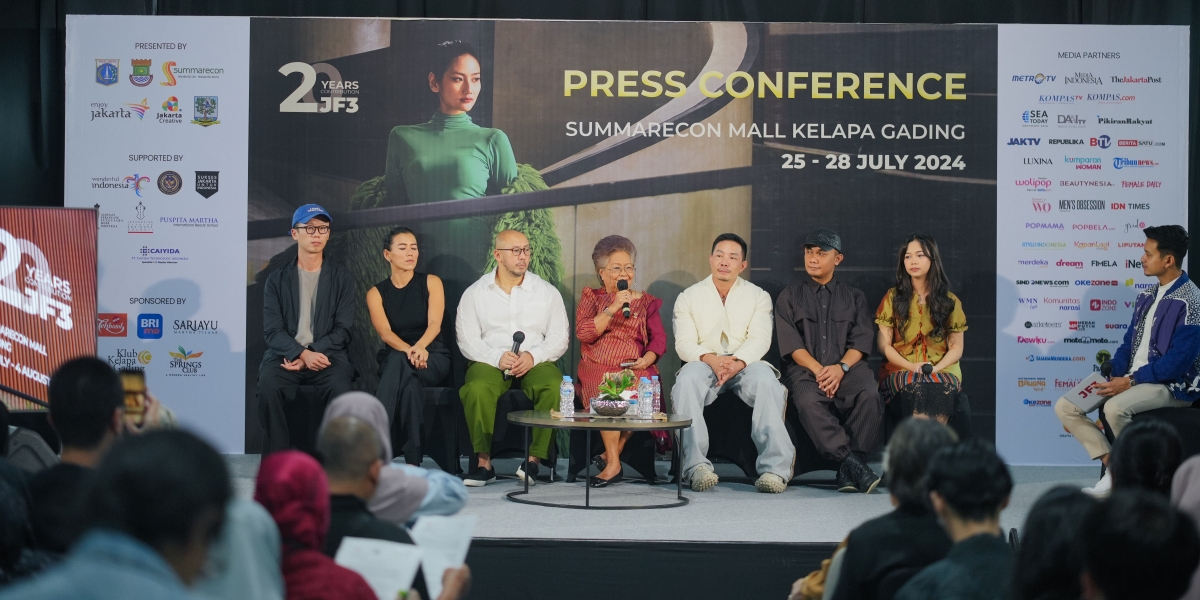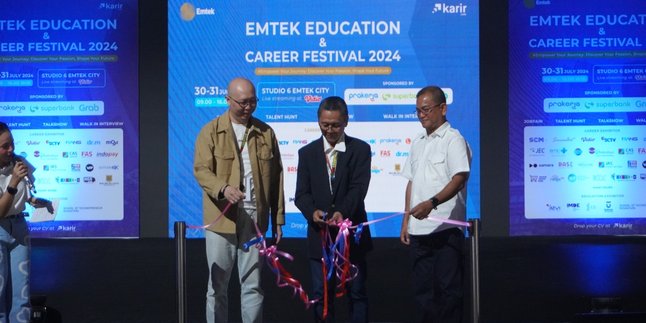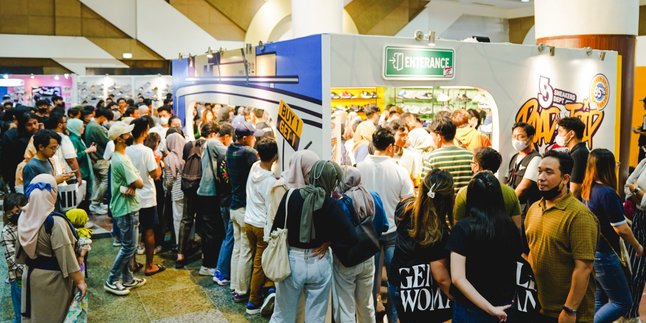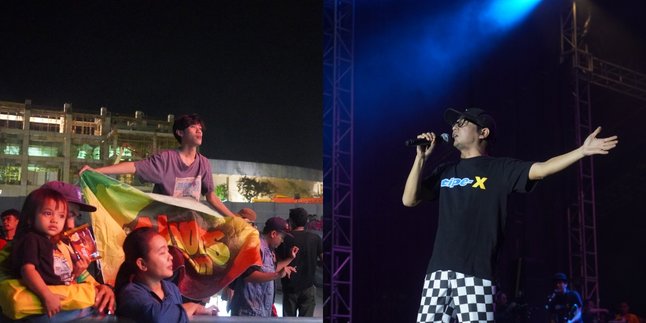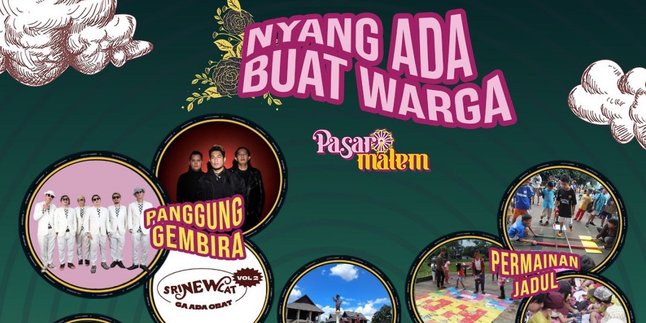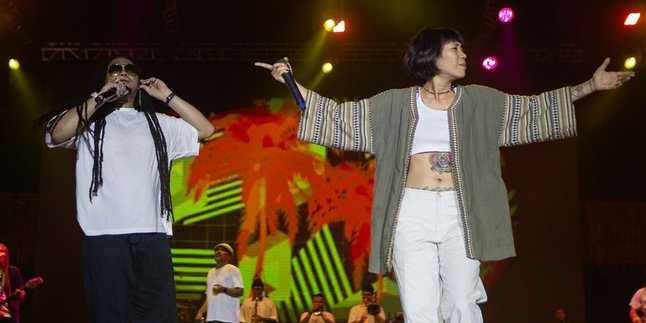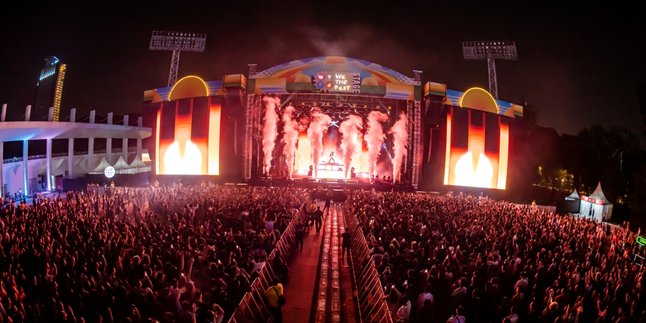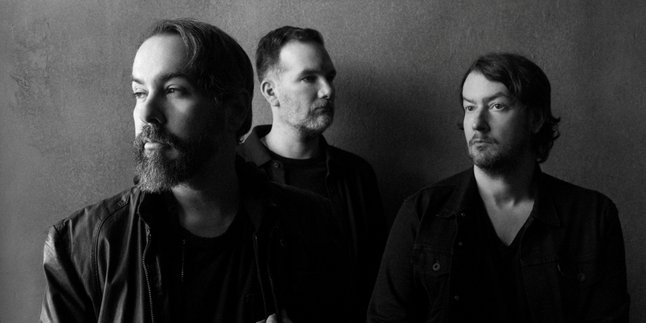Kapanlagi.com - Summarecon Group and Cita Tenun Indonesia once again present the presentation titled Weaving Lungsi Pakan at the JF3 Fashion Festival 2024 held at La Piazza Fashion Tent, Summarecon Mall Kelapa Gading, Jakarta, as a form of concern for woven textiles. On this occasion, Cita Tenun Indonesia showcases various types of weaving with different techniques and characteristics.
Fashion designers Andreas Odang, Eridani, Hian Tjen, Sherlyta Puspa Lestari, as well as Zico Halim and Margaretha Novianty from the Tangan Privé label have been appointed to present a particular interpretation of the beauty of the characteristics of woven fabric in the form of modern clothing.
"The naming of Weaving Lungsi Pakan refers to the general philosophy of weaving fabric, which is the activity of inserting Pakan – the thread that is moved horizontally, against Lungsi – which is the stationary thread that stretches vertically on the loom," said Sjamsidar Isa, a board member of Cita Tenun Indonesia who has been the project officer for the Weaving Lungsi Pakan fashion show since 2012.
"From this basic technique, various types of weaving are created, such as Flat Weaving, Songket Weaving, Ikat Weaving, and Sobi Weaving, which will be presented this evening through contemporary interpretations by five selected designers and fashion labels," he added.
1. Related to Flat Weaving

Flat Weaving is a type of weaving with a simple production technique, involving single-colored Lungsi and Pakan threads, without the addition of extra threads that usually produce weavings with line patterns (for example, Lurik Weaving), check patterns (like Poleng Motif), or monochrome (one color or plain). One type of Flat Weaving is the Anteng Lombok Belt Weaving from West Nusa Tenggara, processed by the winner of the Next Young Promising Designer 2019 competition, Sherlyta Puspa Lestari, into a collection of feminine clothing for her label BySherlita titled Roemah Noesantara: Lombok.
The Anteng Lombok Belt Weaving originally served as a corset or stagen for traditional Lombok women. In addition to its more generic use, the weaving with line motifs now also features additional decorative elements or specific motifs. The Anteng Weaving used in this presentation, for example, is adorned with a simple Songket technique on the Lungsi part.
Songket Weaving is a type of weaving characterized by raised or dimensional physical features. Generally, Songket Weaving is made by adding Pakan threads over the Lungsi threads. The additional Pakan threads are interspersed over and under the Lungsi threads repeatedly until decorative elements or motifs are created.
However, there is also a Songket technique that adds Lungsi threads over the Pakan threads. A common stereotype and misunderstanding about Songket Weaving is the absolute presence of gold, silver, or other metallic colored threads. Based on history, the dominant use of metallic threads is in the western part of Indonesia (from Sumatra to West Kalimantan). Shifting to the east, non-metallic Songket Weaving is more dominant.
The Songket Weaving showcased at Jalinan Lungsi Pakan 2024 comes from Klungkung Regency, Bali, and Sambas Regency, West Kalimantan. Both types of Songket Weaving presented in this event feature exquisite designs and intricate details, requiring special skills and a considerable amount of time to create, thus deserving to be categorized as luxury goods. The Bali Songket Weaving is crafted by designer Andreas Odang into a romantic collection titled Rhapsody Geometry.
Meanwhile, the Sambas Songket Weaving or Lunggi Weaving with motifs designed by textile designer Ratna Panggabean is created by fashion designer Hian Tjen using cutting, draping, and corsetry techniques under the title Pitarah. Ikat Weaving is a type of weaving where the motifs are obtained from a dyeing technique where the threads are tied according to the planned motif design, then dipped before being woven into a fabric.
The process of making Ikat Weaving involves threads that are first stretched on a frame and pulled tight. After that, the threads are given motifs and tied very tightly according to the desired pattern before being dipped into a dye solution, dried, and worked into a fabric.
In this fashion show, the Ikat Weaving used is a design collaboration with textile designer Nining Koestedjo inspired by Tidore Island, North Maluku. The Ikat Weaving with motifs named To Ado Re, Gmode Mabunga, and Sung Sung has been developed into a deconstructed-asymmetrical collection by Zico Halim and Margaretha Novianty for a special line from the label Tangan, Tangan Privé.
Sobi Weaving is a unique type of weaving because its motifs are only visible on the front side of the fabric, while the back side is plain without motifs. The contrasting characteristics on both sides of the fabric are created because when the weft thread is inserted, the warp thread will be interlaced underneath or lowered. Sobi is a technique for making traditional woven fabric characteristic of the Bugis tribe, which is spread across several places on the island of Sulawesi (particularly Central Sulawesi, Southeast Sulawesi, and South Sulawesi) along with its satellite islands (Wakatobi Islands, Muna Island, and several other small islands).
The Sobi weaving presented in this presentation comes from Muna Regency, Southeast Sulawesi, and is processed by designer Eridani into a collection rich in the impression of fine masculine-feminine juxtaposition through structural accents and drapery titled Mae Muna for her label, Eri.
2. Involve Various Senior Fashion Designers
The Lungsi Pakan Weaving is the title of a collaborative fashion show presentation that has been ongoing since 2012, involving various senior fashion designers, young designers, and fashion labels with diverse design lines and loyal fans.
The aim of this comprehensive designer selection is to continue expanding the stakeholders of Weaving through various interpretations and aesthetics. The Lungsi Pakan 2024 is the 11th event, having only been absent in 2020 and 2021 during the Covid-19 pandemic that struck Indonesia and the world.
(kpl/gtr)
Disclaimer: This translation from Bahasa Indonesia to English has been generated by Artificial Intelligence.
